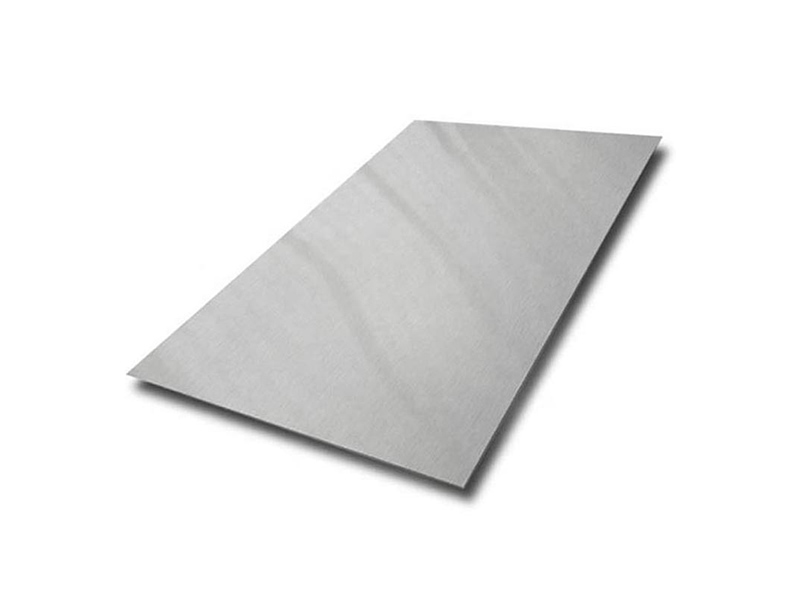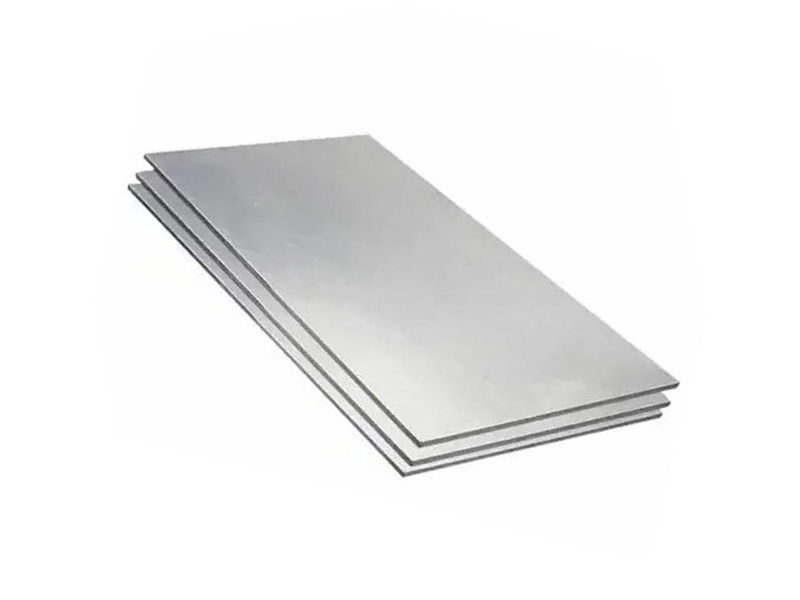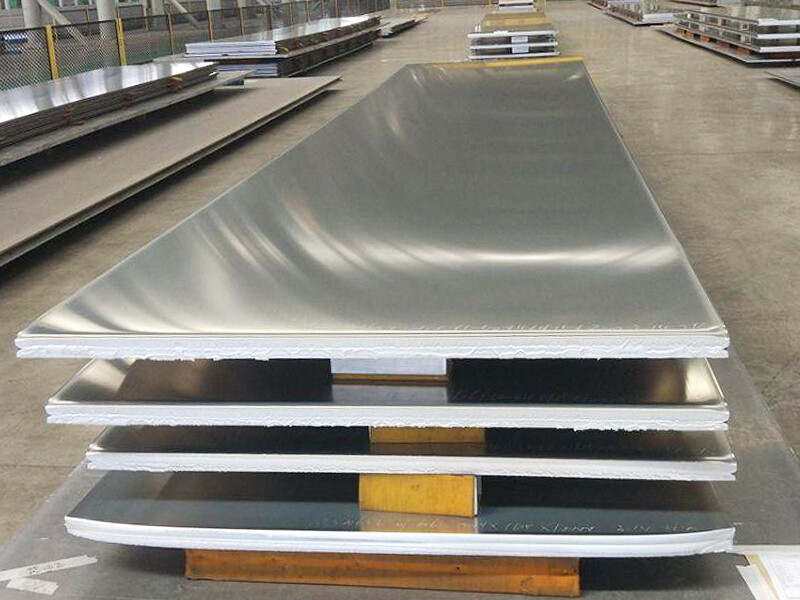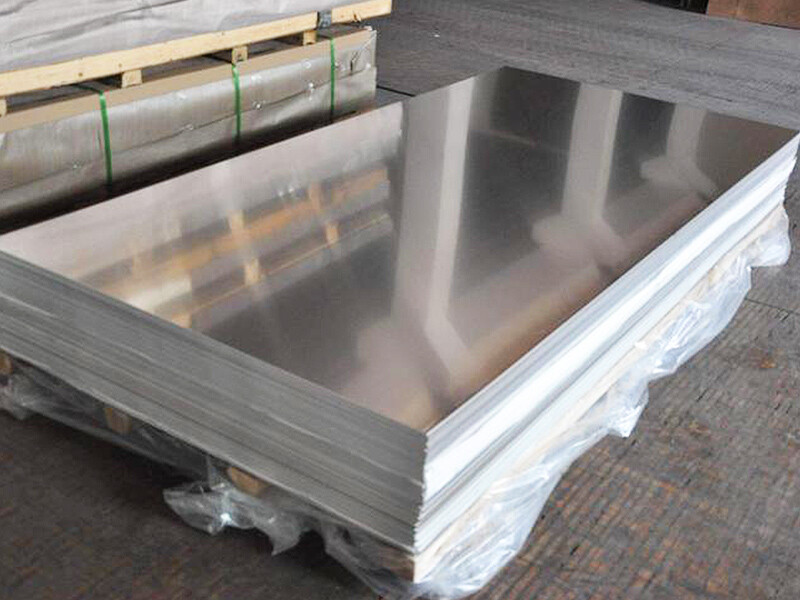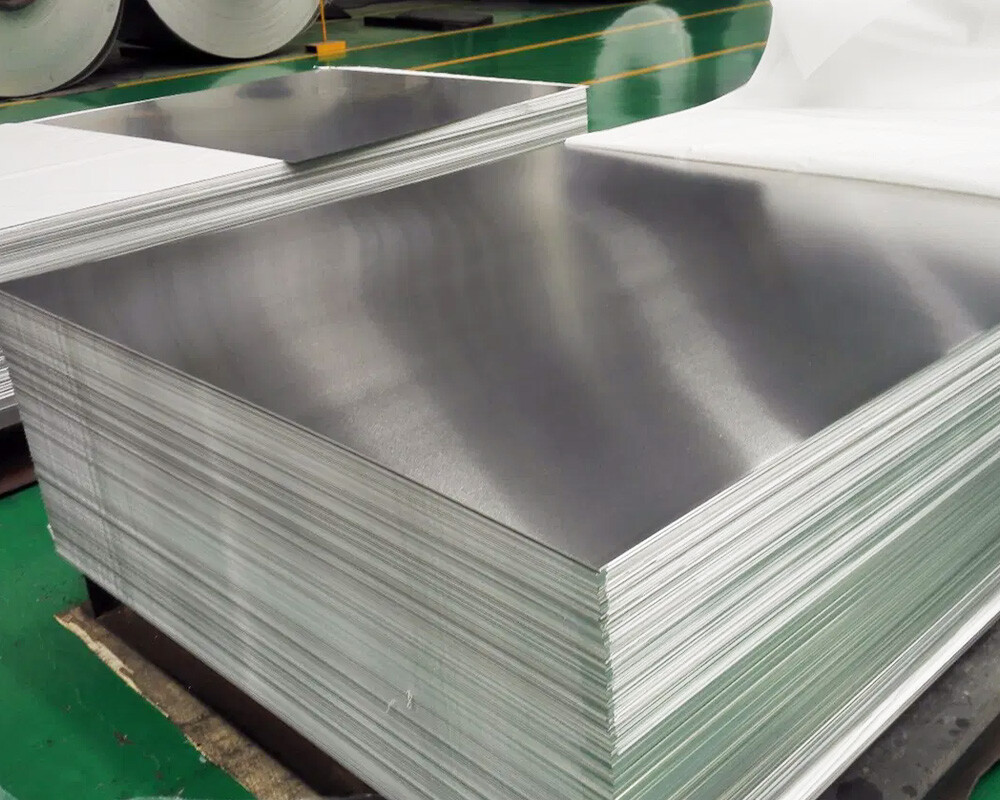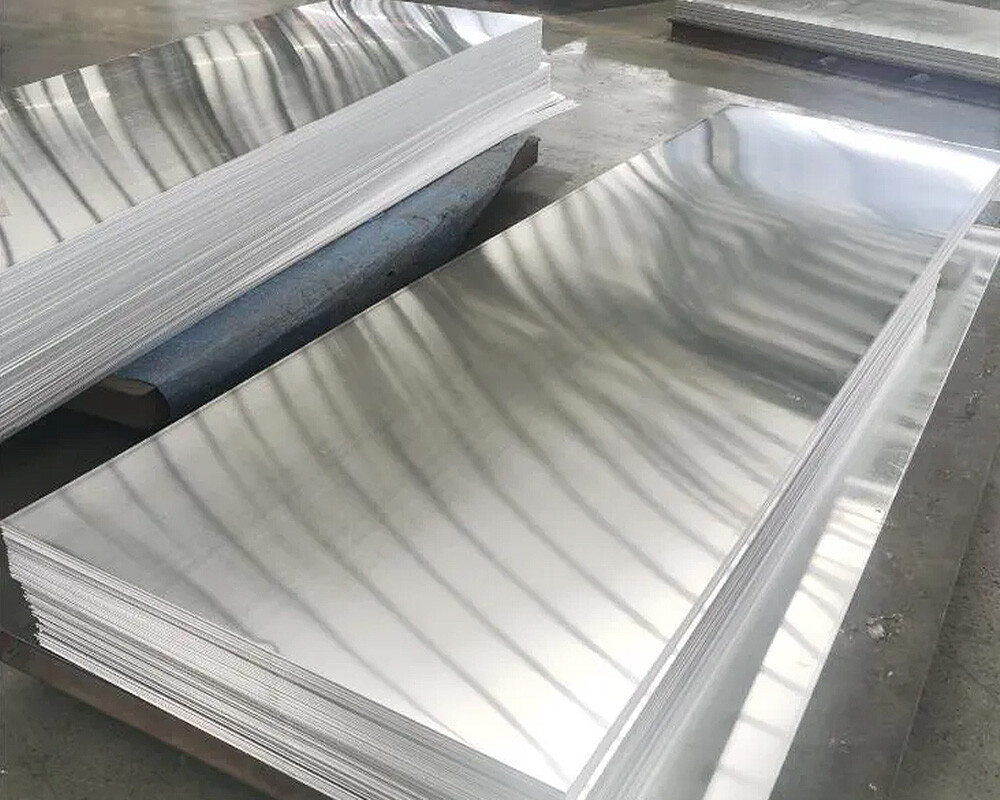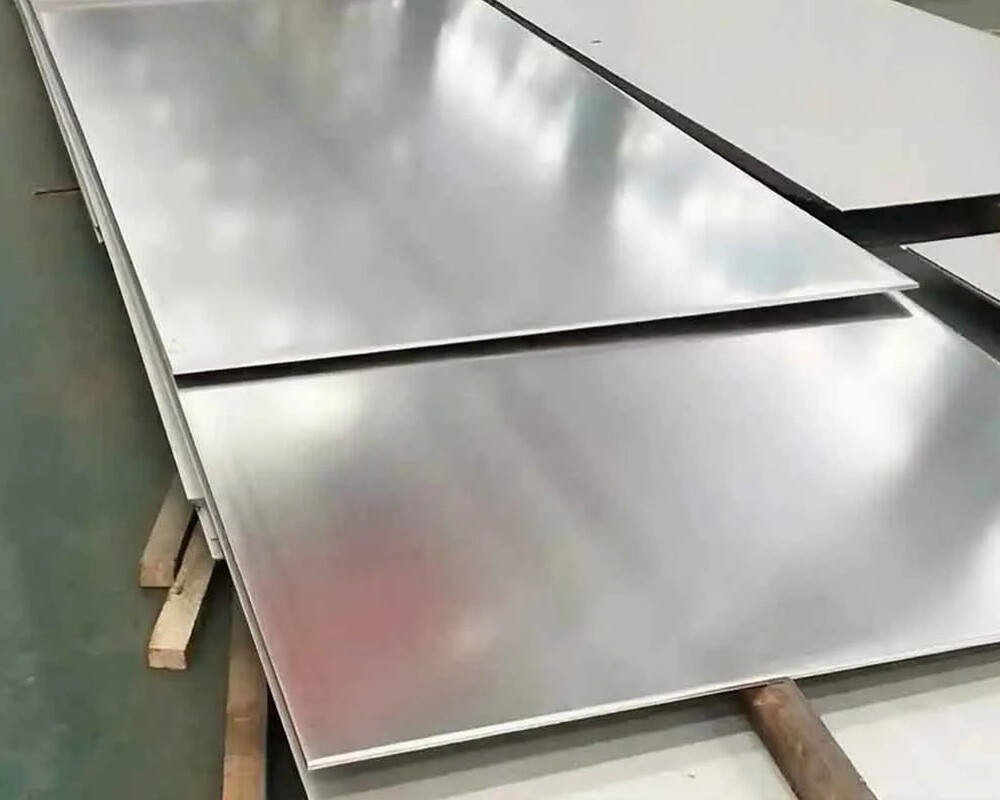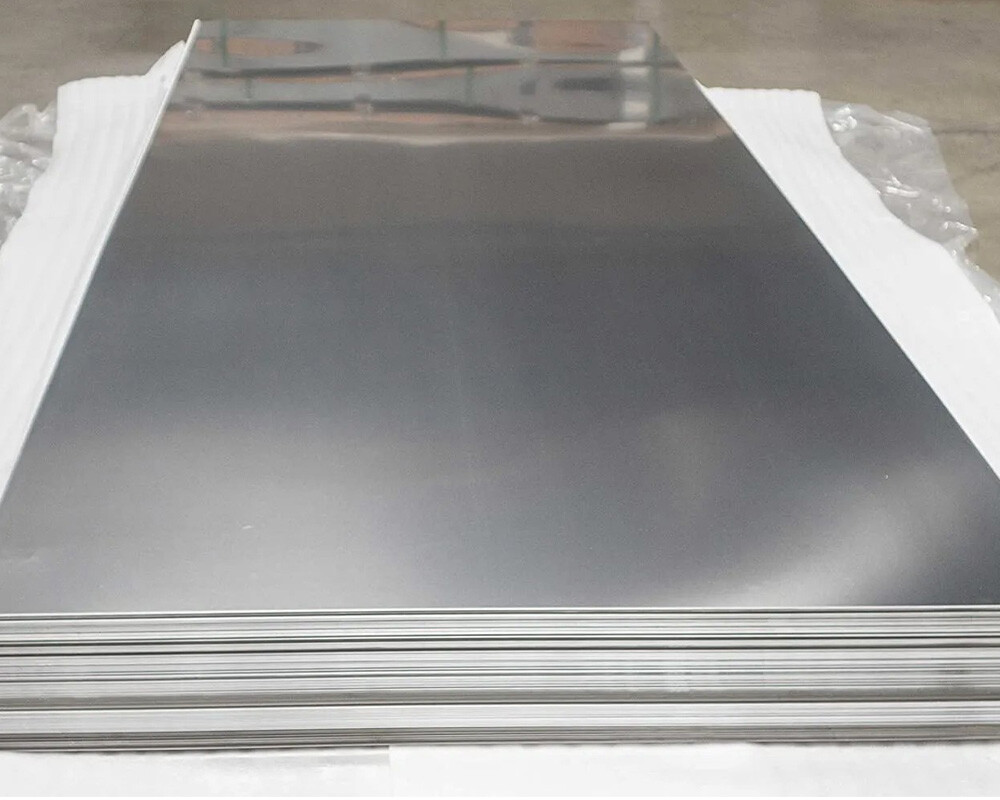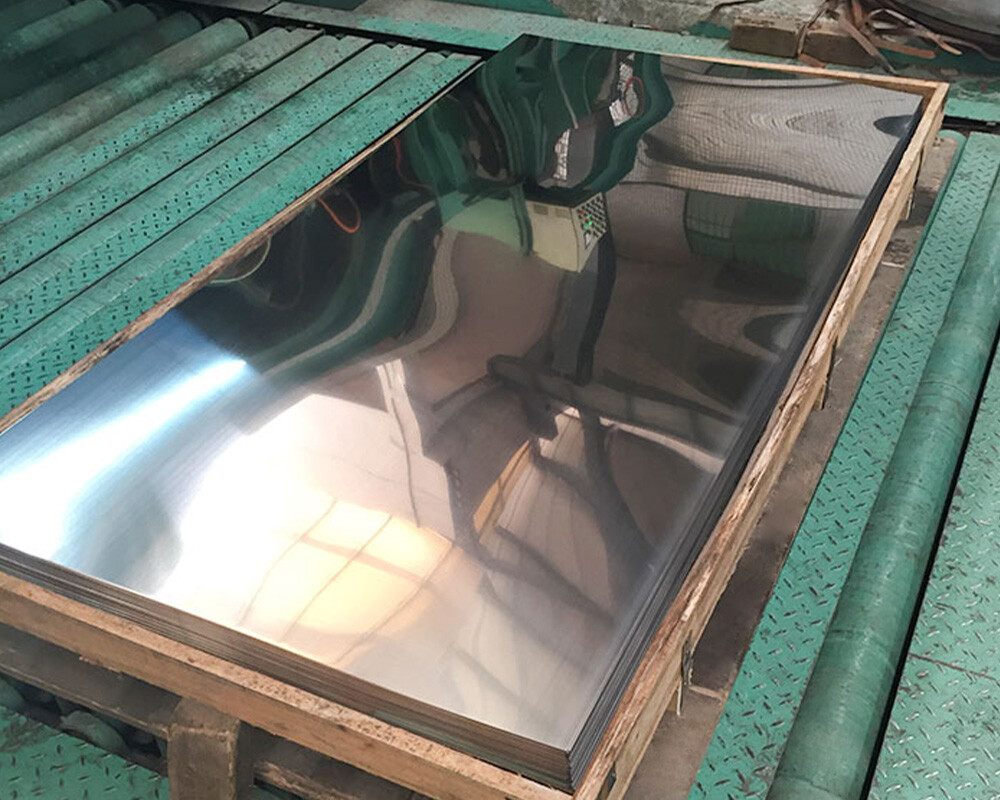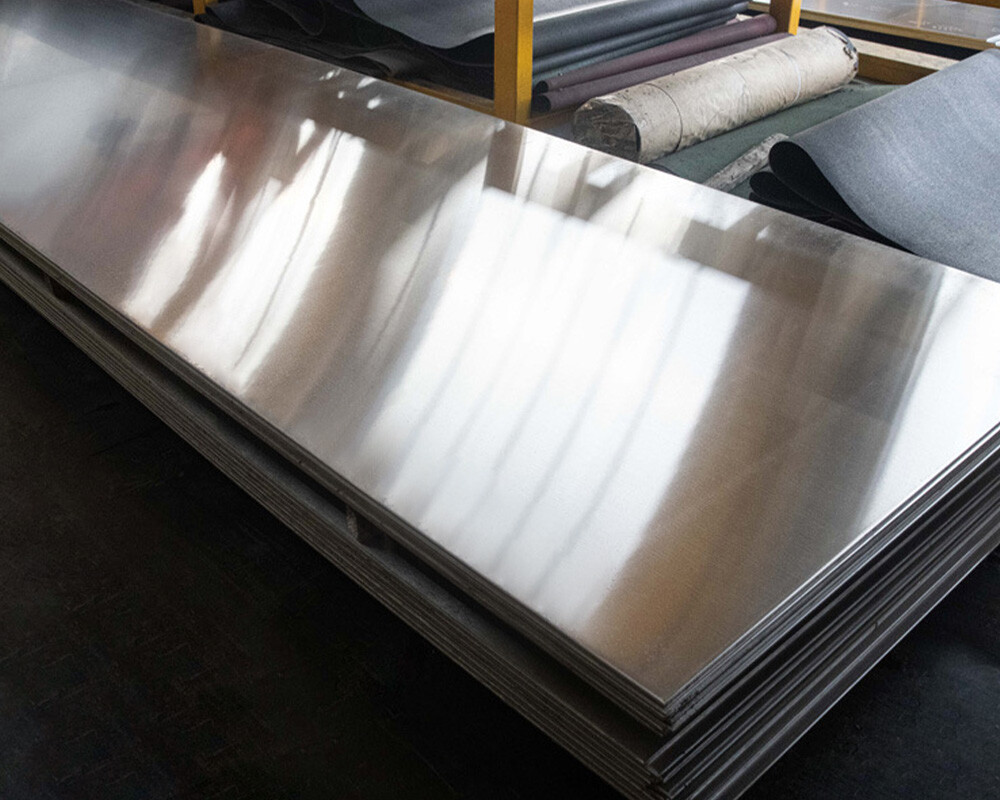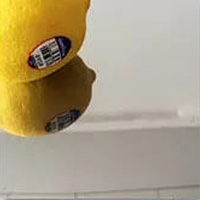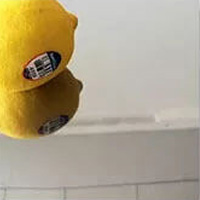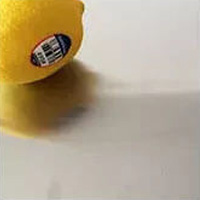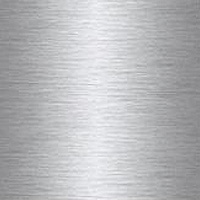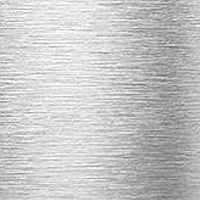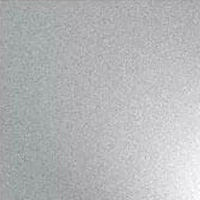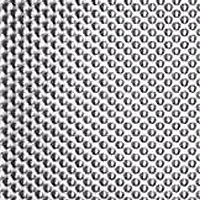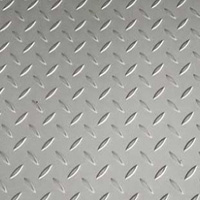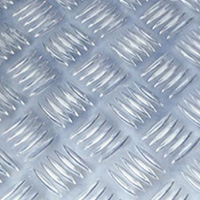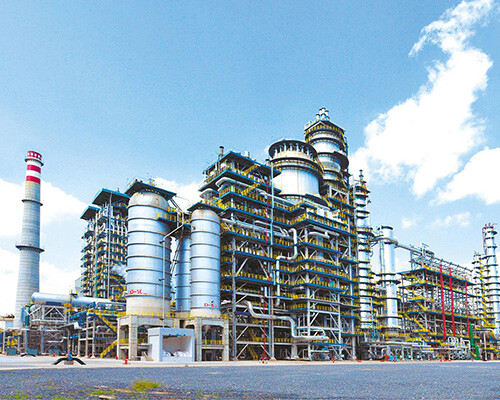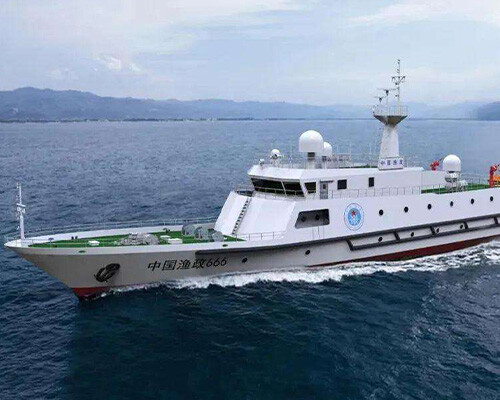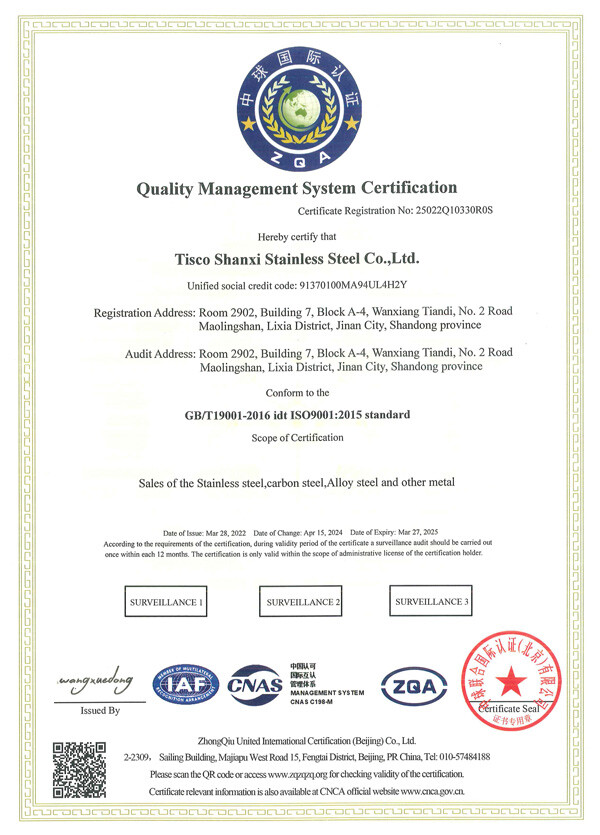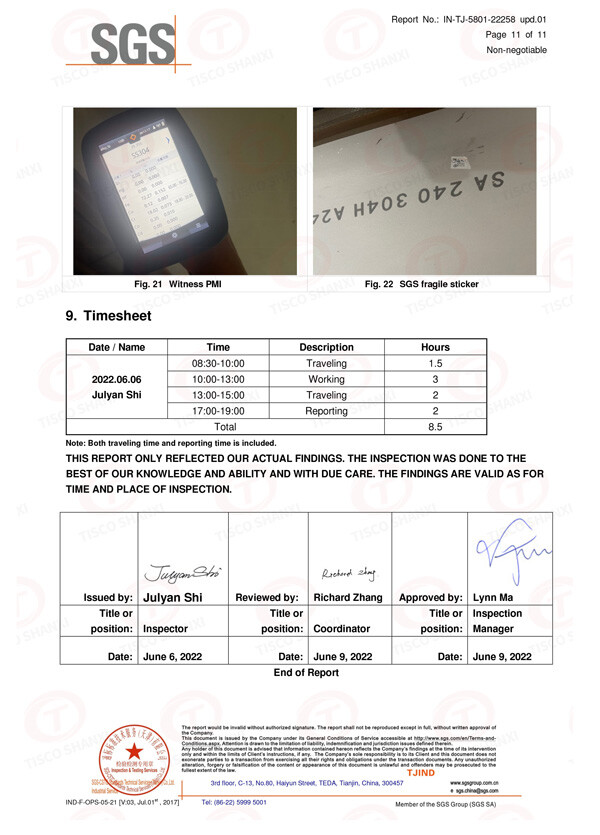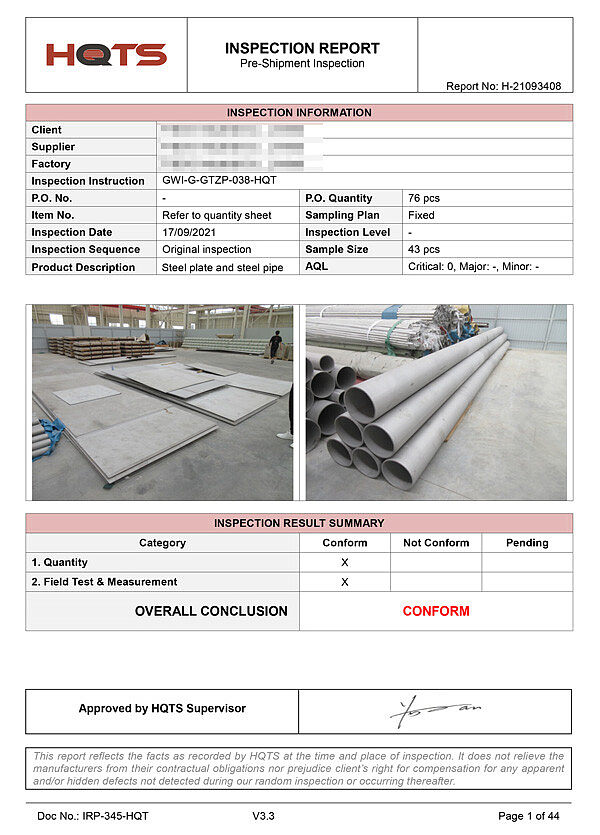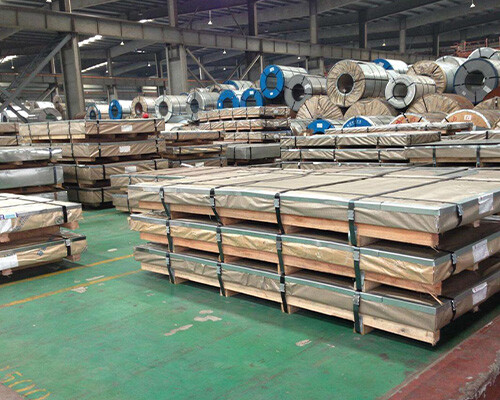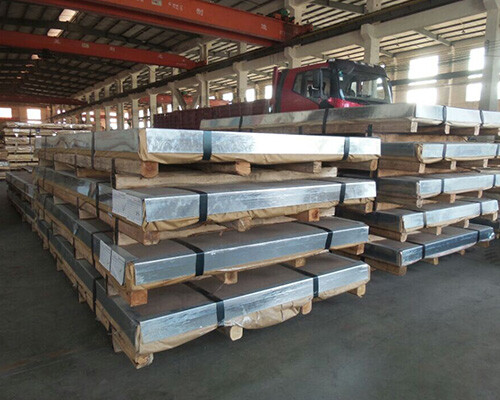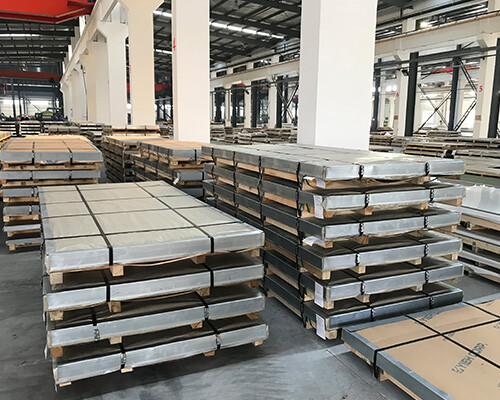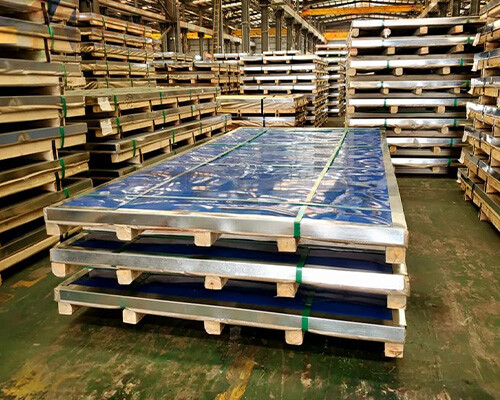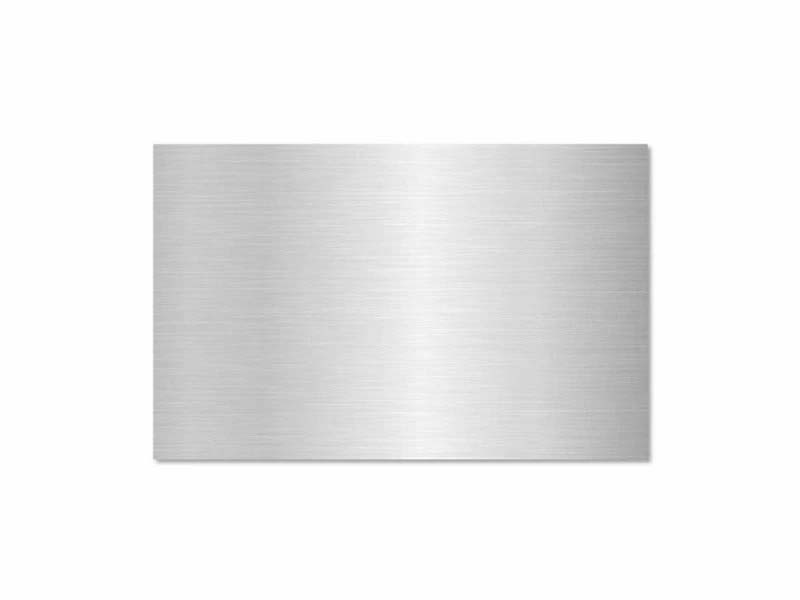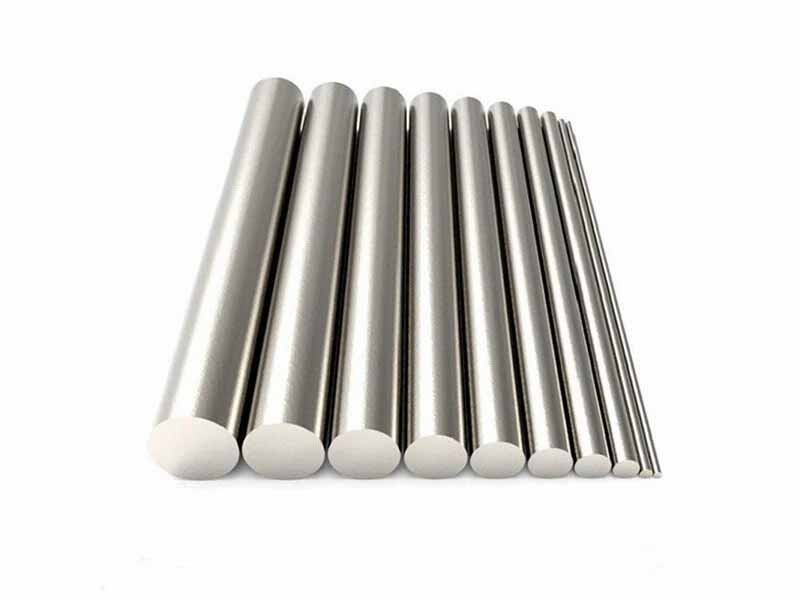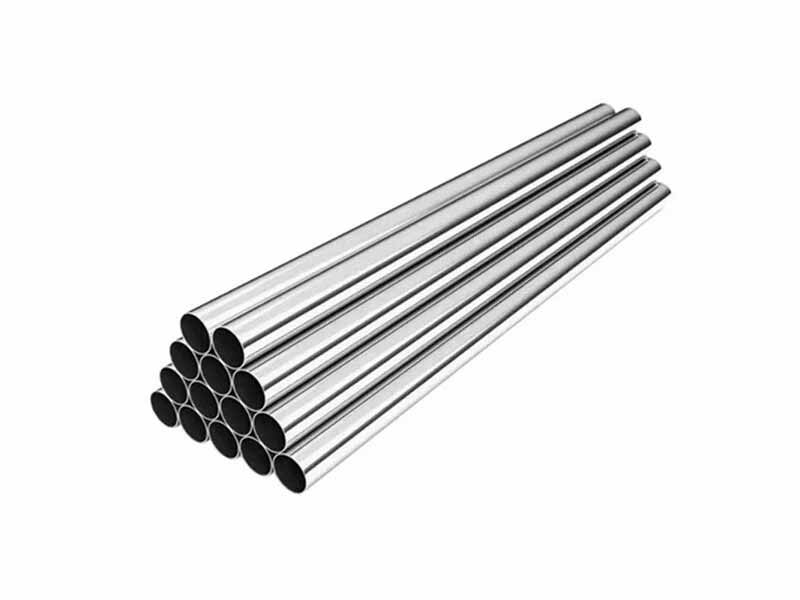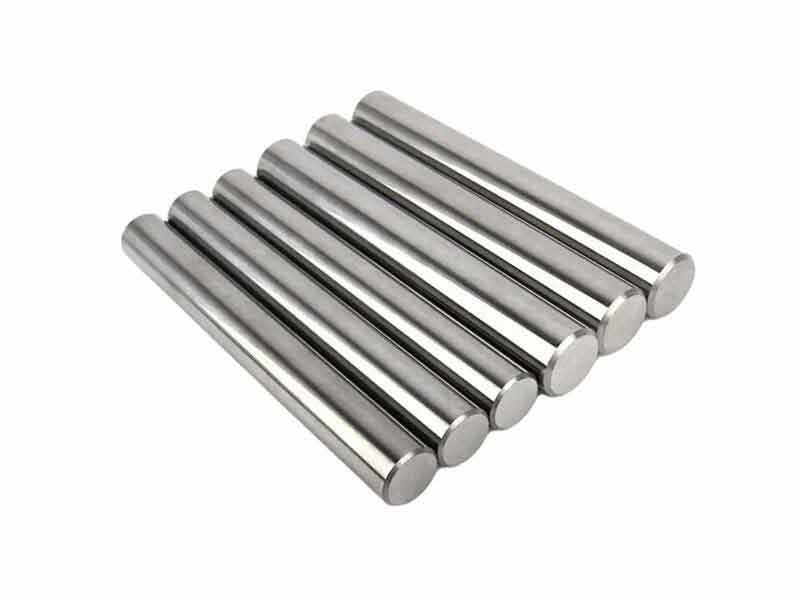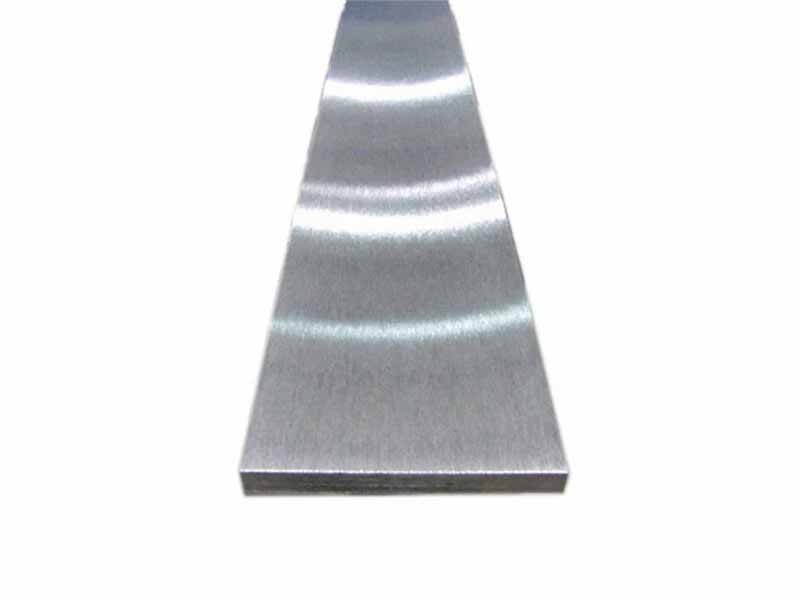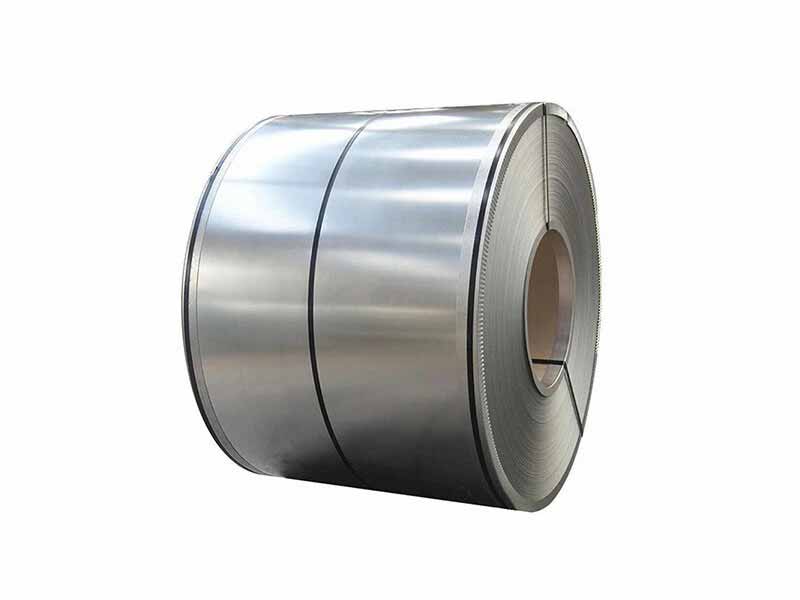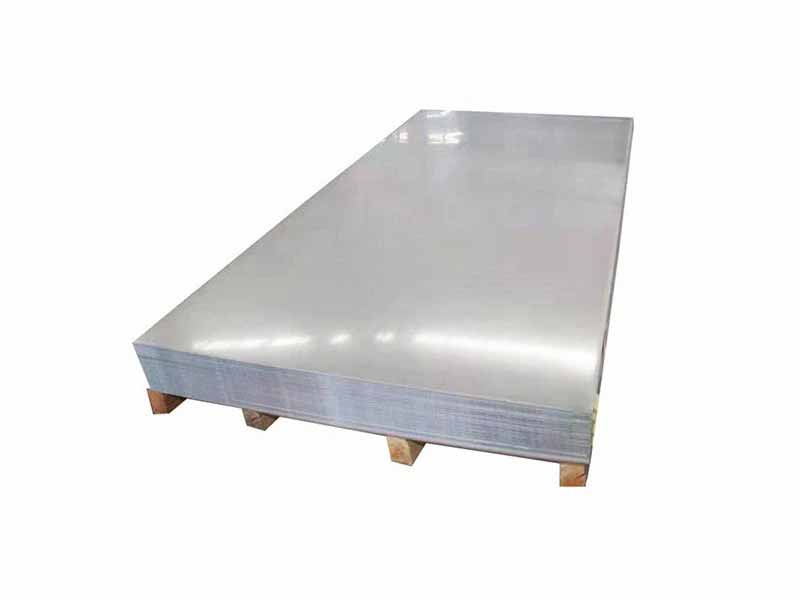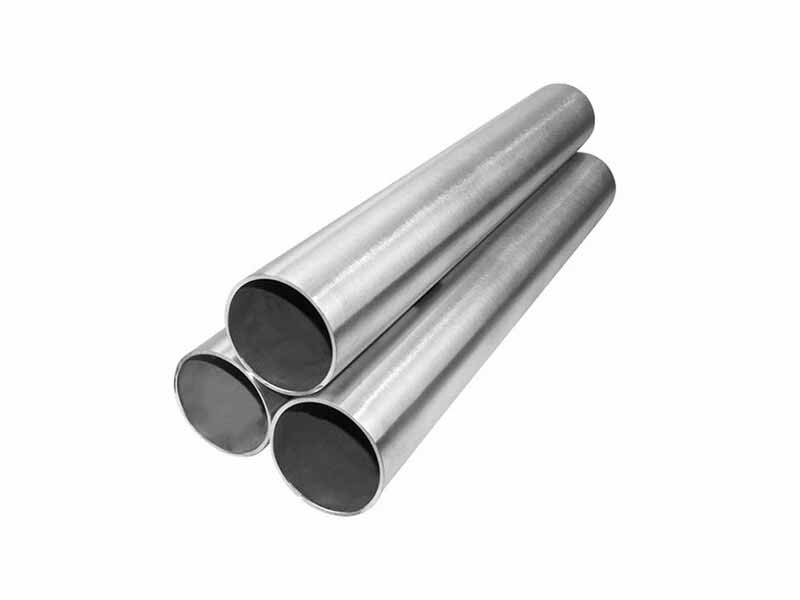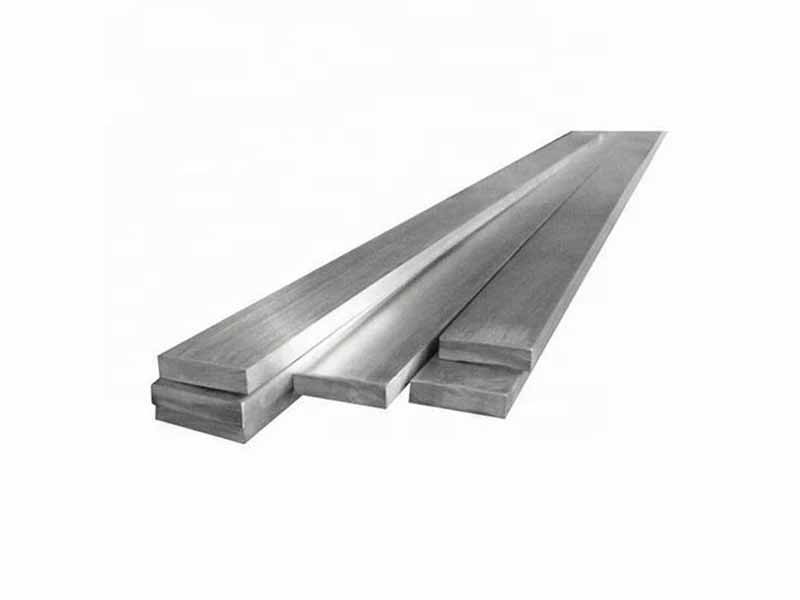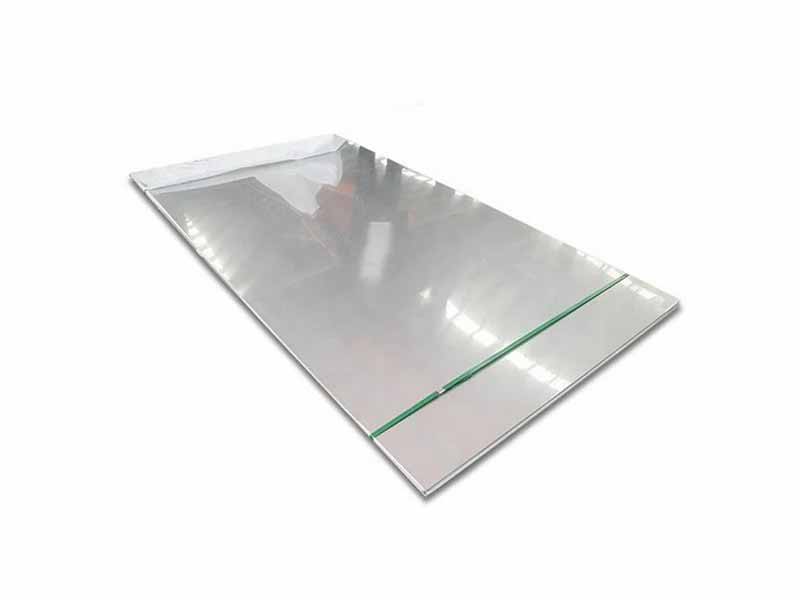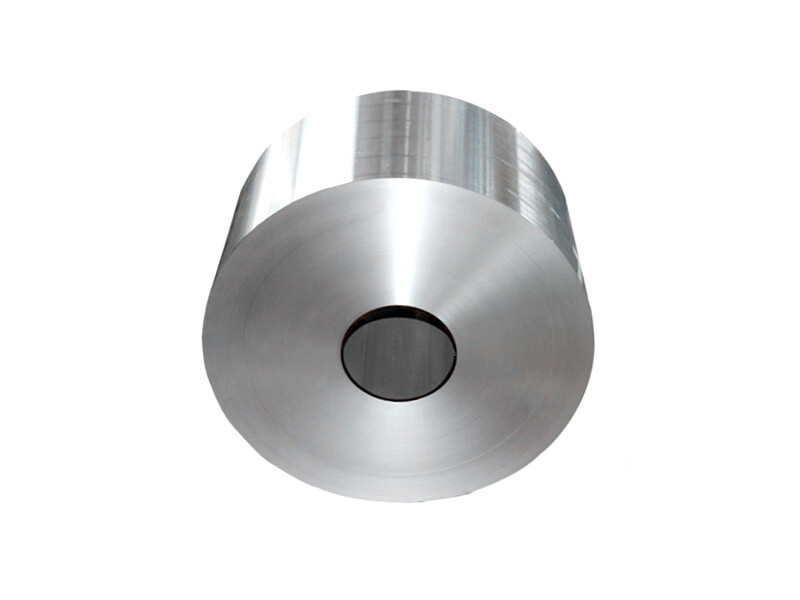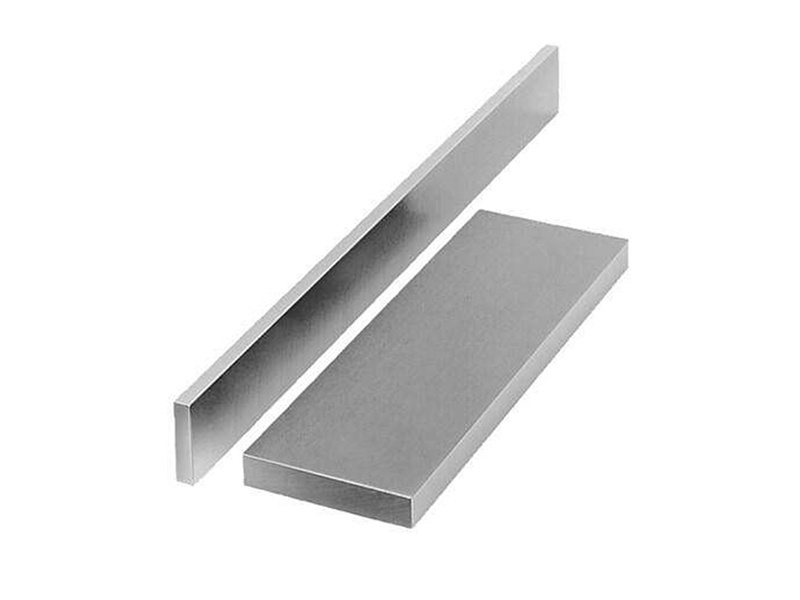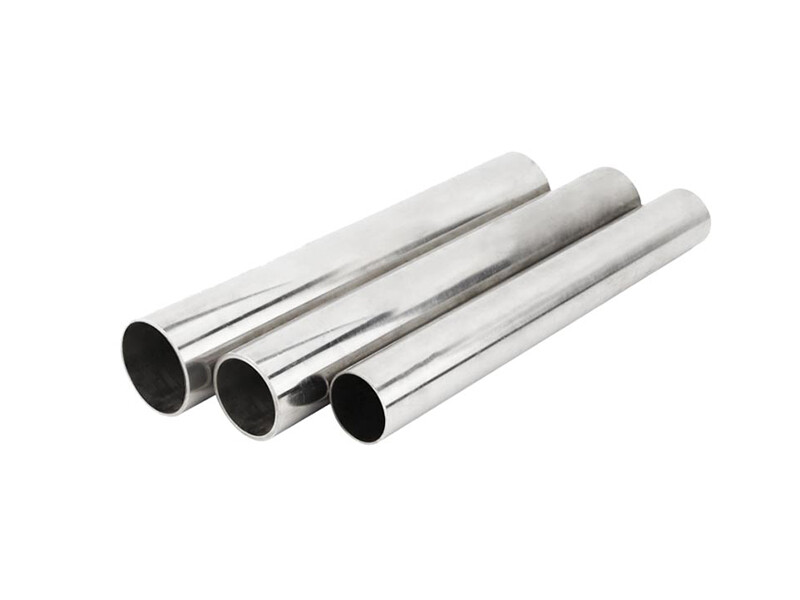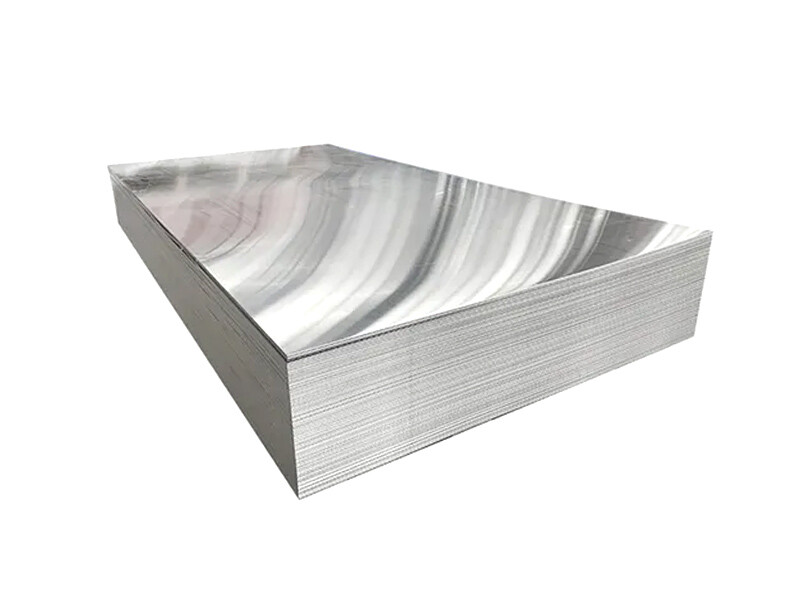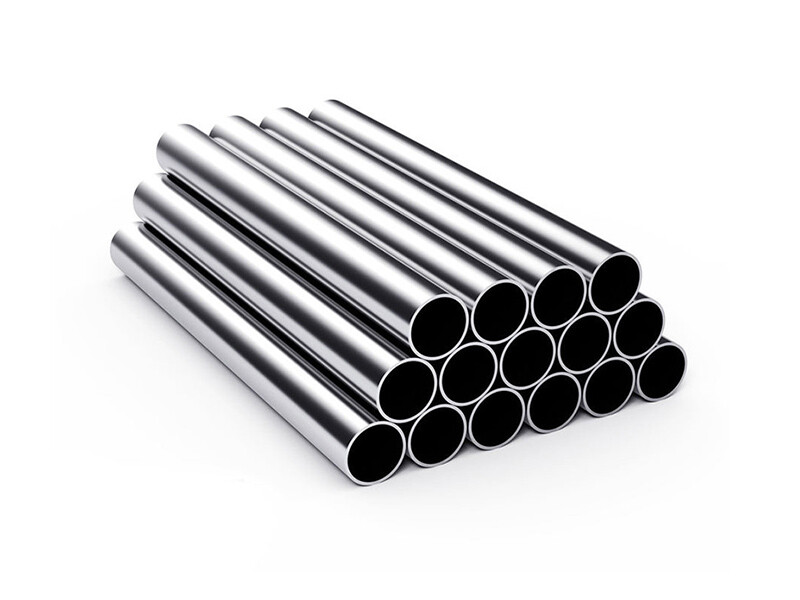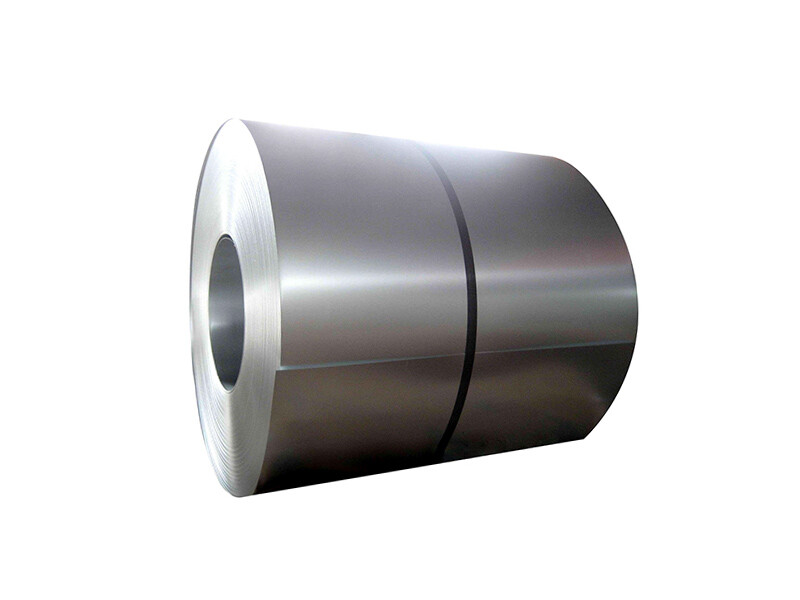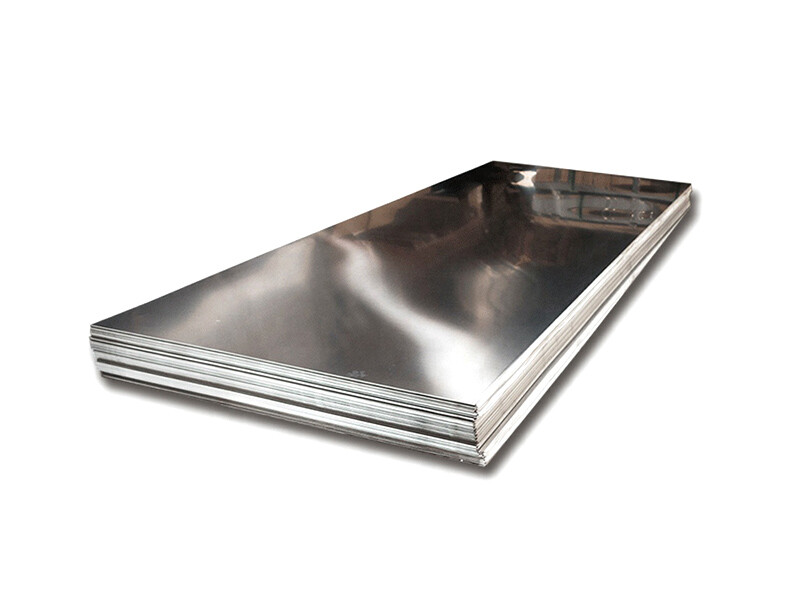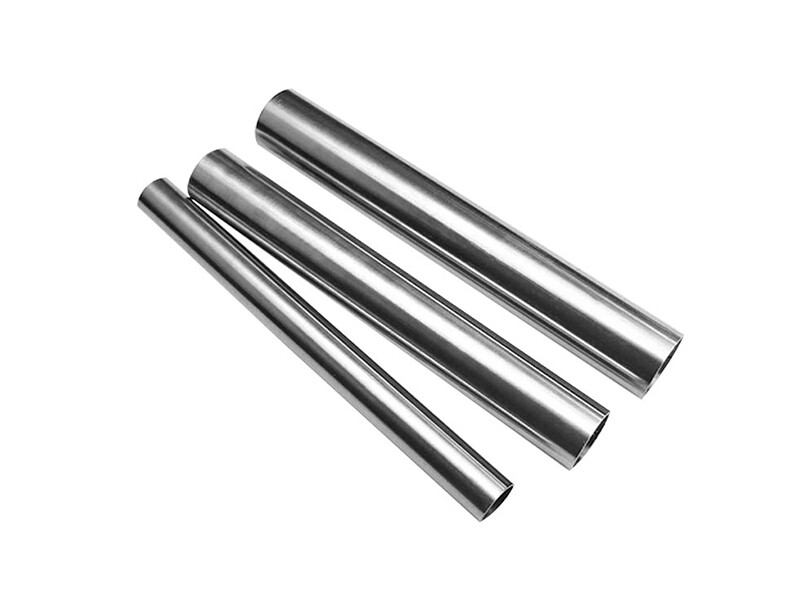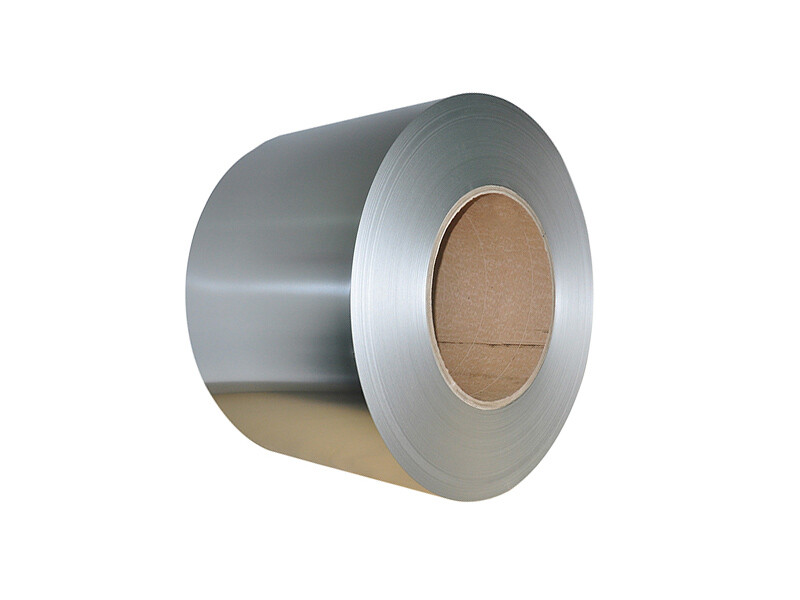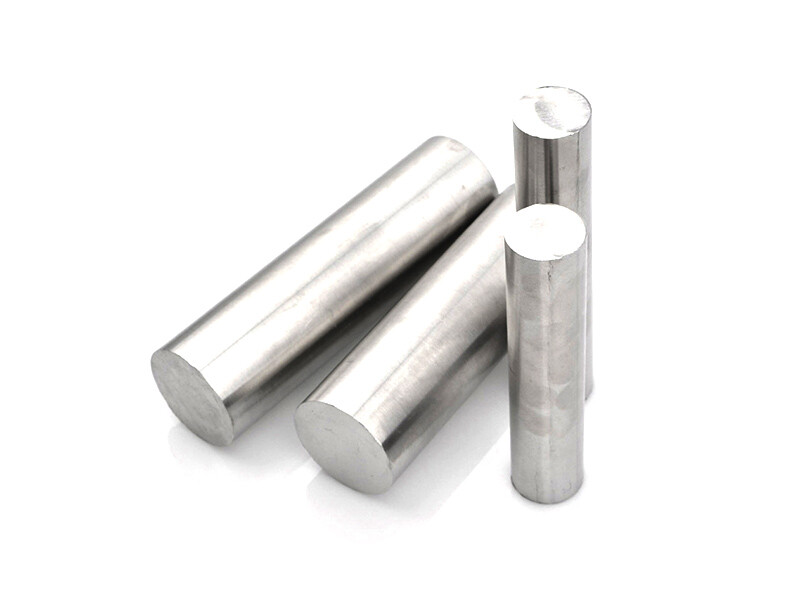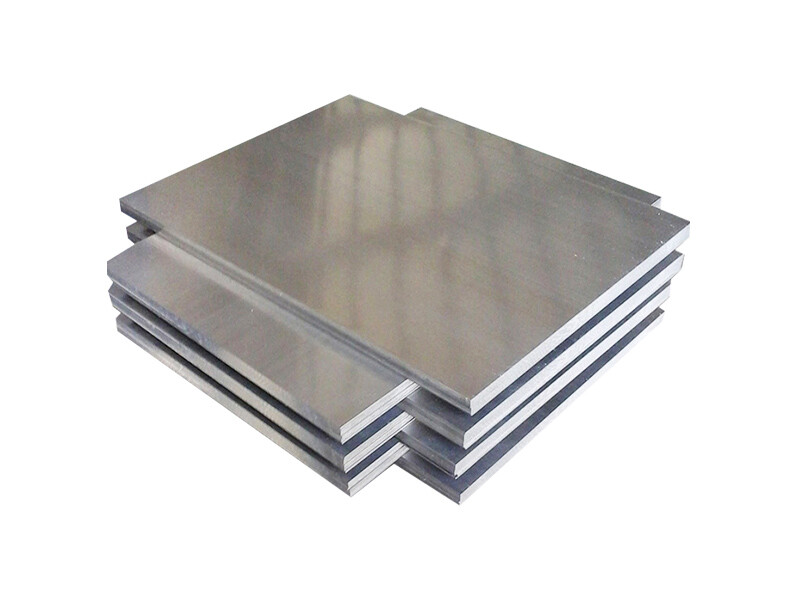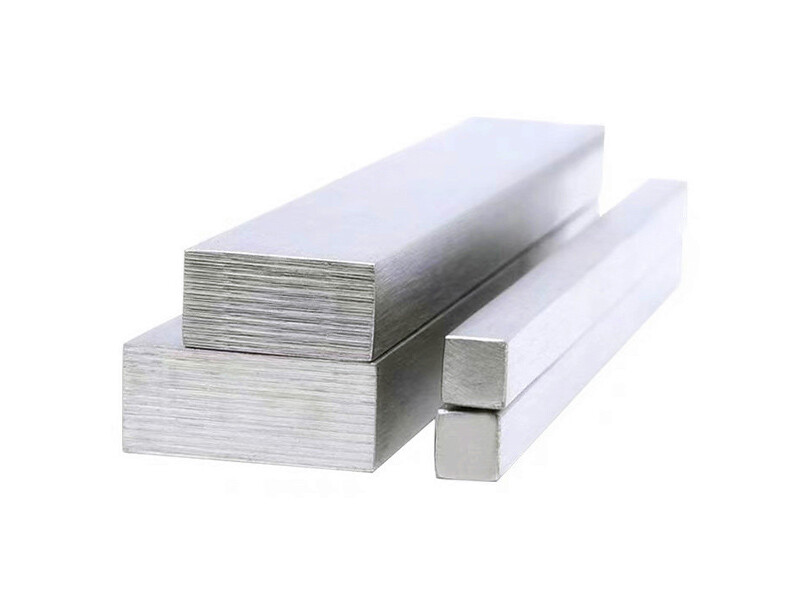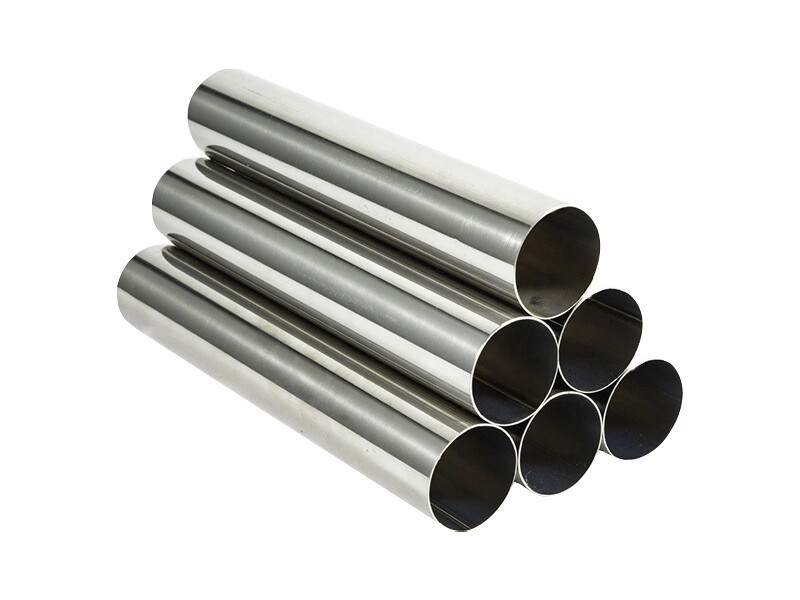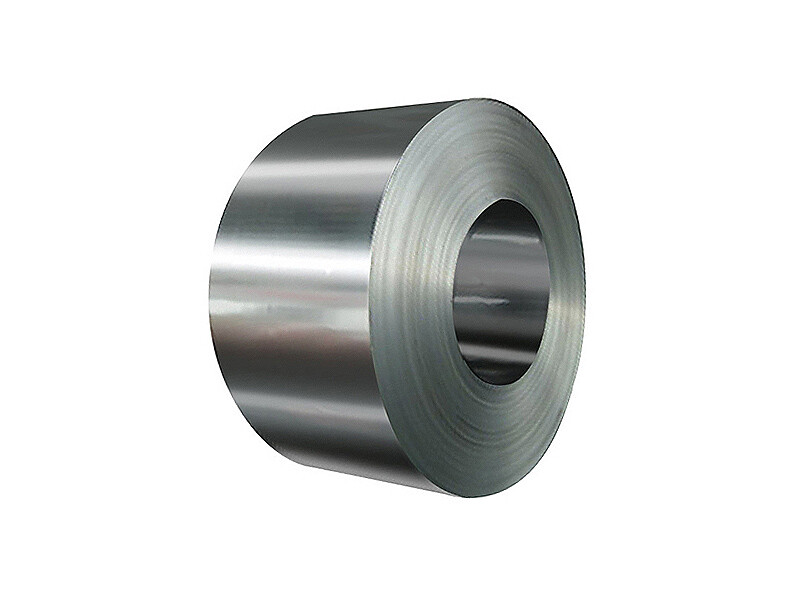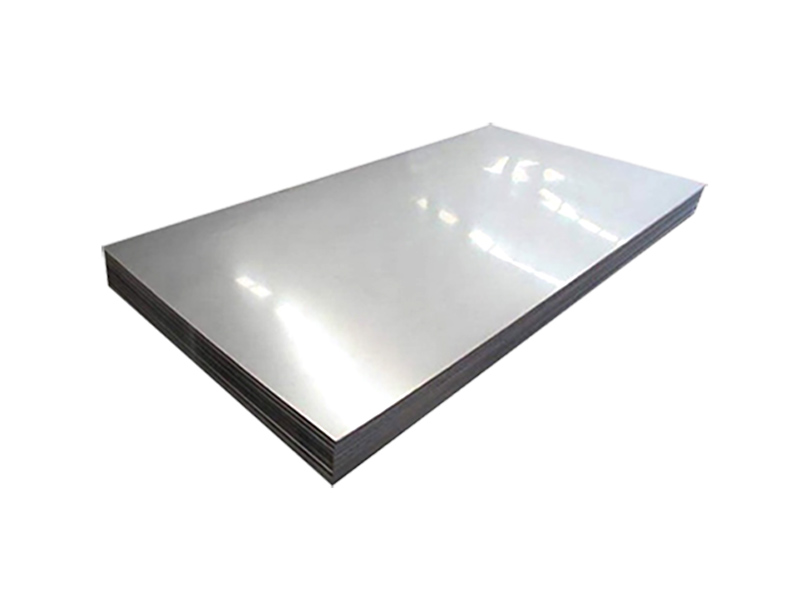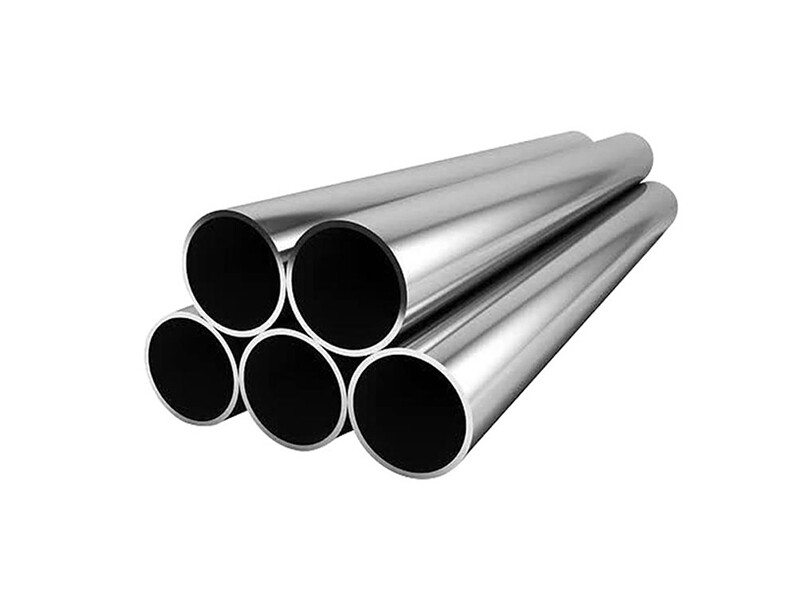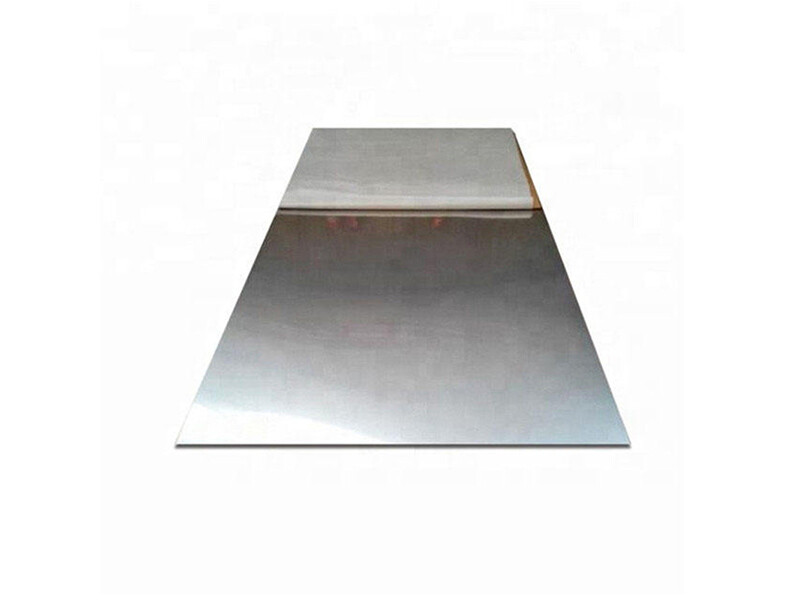
Widely used in construction, machinery, coal, chemical industry, railway vehicles, automotive industry, roads, Bridges, containers, sports facilities, agricultural machinery, petroleum machinery, prospecting machinery manufacturing industry.
Width: 1000, 1219, 1500, 2000, 2500, 3000, customizable
Length: 1000, 1500, 2438, 3000, 5800, 6000, 9000, 12000, customizable
Surface Options: BA, 2B, NO.1, NO.4, 4K, HL, 8K
Standard: ASTM, AISI, JIS, GB, DIN, EN
Drop Us A Line To Get A Quote
Office Address: Plot A-4, Huazhi Vientiane World, No. 2 Maolingshan Road, Lixia District, Jinan City, Shandong Province
Product Details
PRODUCT DETAIL
Mechanical Properties of 316 Stainless Steel Plate
Understanding the mechanical properties of 316 stainless steel is crucial for selecting the right material for your projects. Here are the key mechanical properties of 316 stainless steel plates.
1. Tensile Strength
The tensile strength of 316 stainless steel is a measure of the material’s ability to resist breaking under tension. For 316 stainless steel plates, the typical tensile strength ranges between 520 and 720 MPa (megapascals). This range is suitable for a wide array of industrial applications where high strength is required.
2. Yield Strength
The yield strength is the stress at which the material begins to deform permanently. For 316 stainless steel, the yield strength typically falls between 205 and 290 MPa. This makes 316 stainless steel an excellent choice for environments where high stress or load-bearing capabilities are necessary, yet the material still needs to retain its structural integrity.
3. Elongation (Ductility)
Elongation refers to a material’s ability to stretch or deform without breaking, an important factor for materials subjected to bending or forming. 316 stainless steel offers a high level of ductility with typical elongation values of around 40-50%. This makes it suitable for forming, welding, and deep drawing processes in manufacturing.
4. Hardness
316 stainless steel is not as hard as other alloys like 304 stainless steel, but it still offers a respectable level of hardness. On the Rockwell B scale, 316 typically registers between 70-90 HRB. The hardness of 316 stainless steel contributes to its ability to resist wear and tear in environments exposed to abrasive forces.
5. Modulus of Elasticity
The modulus of elasticity (or Young's modulus) defines the material’s stiffness. For 316 stainless steel, the modulus of elasticity is approximately 193 GPa (gigapascals), which is relatively high compared to many other materials. This characteristic is crucial in applications requiring dimensional stability under stress, such as structural components in the aerospace or automotive industries.
6. Impact Toughness
Impact toughness is an important mechanical property for materials used in applications where they may experience sudden or high-impact forces. 316 stainless steel exhibits good impact resistance, even at low temperatures, making it a reliable choice for critical applications where impact resistance is essential.
7. Creep Resistance
Creep refers to the slow deformation of a material under constant stress over time, especially at high temperatures. 316 stainless steel has excellent creep resistance, which allows it to maintain its mechanical properties over long periods of exposure to elevated temperatures, making it suitable for heat exchangers and other high-temperature environments.
Applications of 316 Stainless Steel Plates
Given its robust mechanical properties, 316 stainless steel plates are widely used in industries such as:
Marine and Offshore: Due to its exceptional resistance to chloride-induced corrosion, 316 stainless steel is commonly used in boat fittings, marine equipment, and offshore platforms.
Chemical and Pharmaceutical: 316 stainless steel is favored in the chemical processing and pharmaceutical industries because it resists corrosive substances and is easy to sanitize.
Food Processing: The material is non-reactive, ensuring that it doesn't affect the taste or quality of food products, making it ideal for food processing equipment and kitchen appliances.
Medical Devices: 316 stainless steel’s biocompatibility, combined with its resistance to corrosion and wear, makes it a top choice for medical instruments and implants.
PRODUCT DISPLAY
SURFACE TREATMENT
 BA.jpg
BA.jpg 8K.jpg
8K.jpg 2BA.jpg
2BA.jpg 2B.jpg
2B.jpg NO.1.jpg
NO.1.jpg NO.4.jpg
NO.4.jpg Hairline.jpg
Hairline.jpg SB.jpg
SB.jpg DN-2.jpg
DN-2.jpg 1D.jpg
1D.jpg Perforated.jpg
Perforated.jpg Embossed.jpg
Embossed.jpg Diamond
Diamond Checkered.jpg
Checkered.jpg
APPLICATION INDUSTRY
● Architecture: Stainless steel plates are widely used in the field of construction, mainly for making stairs, railings, curtain walls, ventilation ducts, joints, water tanks, storage tanks, and load-bearing structures.
● Chemical industry: In the field of chemical engineering, stainless steel plates are used to make equipment such as reactors, storage tanks, and pipelines. Stainless steel plates have good corrosion resistance and can resist the erosion of acid, alkali gases, and solutions. Therefore, they have been widely used in the chemical industry.
● Aerospace: Stainless steel plates also have important applications in the aerospace industry, used to manufacture components for aircraft, rockets, and other aerospace vehicles.
● Shipbuilding: Stainless steel plates are also used in shipbuilding, mainly for manufacturing structural components and equipment of ships. Its corrosion resistance and strength make it perform well in marine environments.
 Construction Industry
Construction Industry Chemical industry
Chemical industry Aerospace
Aerospace Shipbuilding
Shipbuilding
INSPECTION REPORT
PACKAGING & SHIPPING
CONTACT US
TISCO SHANXI STAINLESS STEEL CO., LTD.
WhatsApp/WeChat/Mobile:+86 133 7050 6305
Add: No.2-1, Jiancaoping Street, Taiyuan, Shanxi Province.
Office Address: Plot A-4, Huazhi Vientiane World, No. 2 Maolingshan Road, Lixia District, Jinan City, Shandong Province.
MESSAGE
- Related Products
TISCO SHANXI STAINLESS STEEL CO., LTD
Add: No.2-1, Jiancaoping Street, Taiyuan, Shanxi Province.
Office Address: Plot A-4, Huazhi Vientiane World, No. 2 Maolingshan Road, Lixia District, Jinan City, Shandong Province
